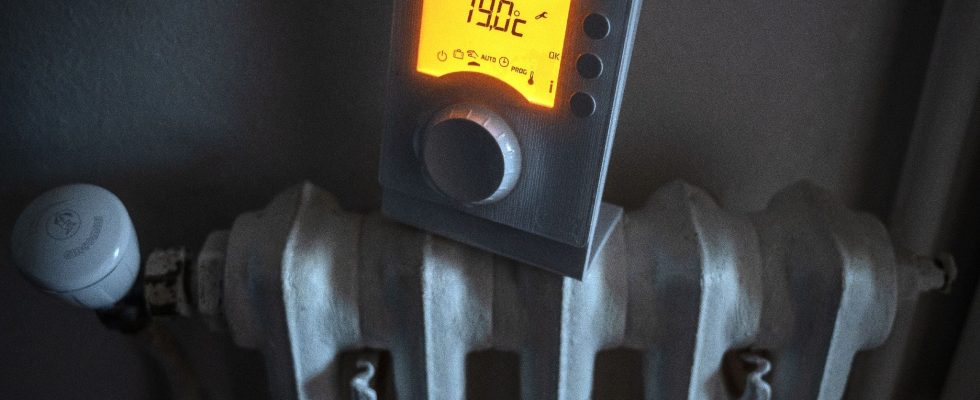If you made a resolution at the start of the year to carry out energy renovation work in your house or apartment, the results of this study from the Economic Analysis Council (CAE) may dampen your spirits. Thanks to the banking data of Crédit Mutuel Alliance Fédérale customers, this organization attached to Matignon was able to compare the theoretical energy consumption of a home, according to its energy performance diagnosis (DPE), with the actual consumption of its inhabitants, payment supporting invoices.
In theory, a good with a G label – the worst – should have a consumption 560% higher than that of a good classified AB – the best category. The reality is quite different since the difference observed is only 85%. The differential also diminishes on large surfaces: from 80 square meters, the increase in energy expenditure is only 30% between the most efficient class and the lowest.
According to the authors, this gap can be explained by two factors. A third of this can be justified by errors of assessment or a form of complacency on the part of diagnosticians, as well as by problems in modeling the DPE. In particular, this diagnosis assumes that energy expenditure evolves linearly with the size of the dwelling, whereas needs are partly fixed.
But most of the difference comes from the adjustment of residents’ behavior. “The higher the cost of comfort for the consumer, the more they will tend to under-consume in an effort to be sober, and vice versa,” points out Ariane Salem, economist at the CAE. In short, effective insulation is a necessary, but not sufficient, condition for reducing bills… and CO2 emissions. “If renovation makes it possible to improve the energy quality of buildings, with significant benefits in terms of energy comfort and health, the reduction of associated greenhouse gas emissions depends closely on the way in which households adjust their consumption to the continuation of the renovations”, concludes the CAE. And there, the educational effort undeniably remains to be carried out.
